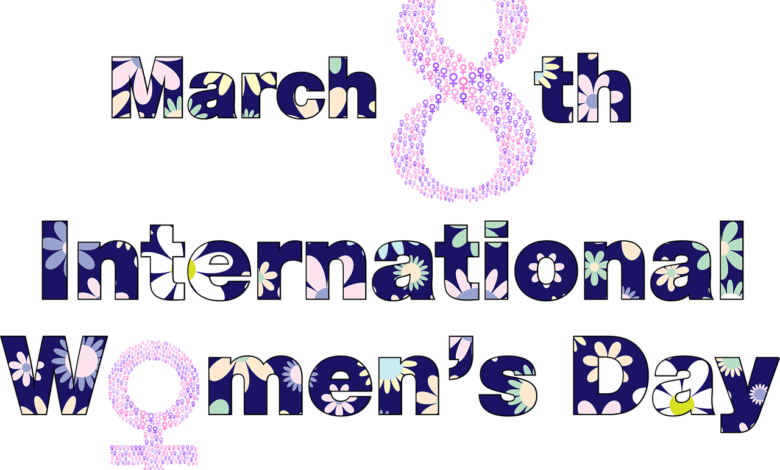International Women’s Day: Five things you must Know

You may have heard about International Women’s Day in the media. But what is it for? When does it take place? Is it a celebration or a protest? Does International Human Day exist?
For over a century, people around the world have marked March 8 as International Women’s Day, a special day for women. A must know, read on to find out why.
1. When did it all start?
International Women’s Day was born out of the trade union movement. It then became an annual event recognized by the United Nations. The seeds of this event were planted in 1908 when 15,000 women marched through New York City to demand shorter hours, better wages, and the right to vote. The American Socialist Party declared the first National Women’s Day a year later.
The idea to make this day international came from a woman named Clara Zetkin. She suggested the idea in 1910 at an international conference of working women in Copenhagen. One hundred women from 17 countries were present and accepted her proposal unanimously. It was first celebrated in 1911 in Austria, Denmark, Germany, and Switzerland. The anniversary was dedicated in 2011, and therefore this year, we are technically celebrating the 109th International Women’s Day.
Things were formalized in 1975 when the United Nations began to celebrate this day. The first theme adopted by the United Nations (in 1996) was “Celebrating the past, planning for the future”. This year’s theme is “I am from the equality generation: for women’s rights and an equal future”. It was chosen to ask people to work together to create an egalitarian world.
International Women’s Day has become a date to celebrate the road traveled by women in society, in politics, and in economics, to also raise awareness about the persistence of inequalities.
2. When?
March 8. Clara Zetkin’s idea for an International Women’s Day had no fixed date. It was not formalized until 1917, during a wartime strike, when Russian women demanded “bread and peace”. Four days after the women’s strike began, the tsar was forced to abdicate, and the provisional Government granted women the right to vote.

The date on which the women’s strike began on the Julian calendar, then in use in Russia, was Sunday, February 23. It corresponded to March 8 of the Gregorian calendar – and it is on this date that International Women’s Day is celebrated today.
3. Do we celebrate International Human Day?
Indeed, there are. It is celebrated on November 19, but only since the 1990s, and is not recognized by the United Nations. International Human Day is celebrated in more than 60 countries, including the United Kingdom. The day aims to “draw attention to the health of men and boys, improve gender relations, promote gender equality, and highlight positive male role models”. The theme for 2019 was: “Making a difference for men and boys”.
4. How is Women’s Day celebrated around the world?
International Women’s Day is a national holiday in many countries, including Russia, where sales of flowers double during the three or four days around March 8. In China, many women are given half a day off on March 8, as recommended by the State Council, although many employers do not include this half-day in the pay of their employees.

In Italy, International Women’s Day, or the Festa Della Donna, is celebrated by the gift of mimosa flowers. The origin of this tradition is not clear, but it is believed to have started in Rome after the Second World War. In the United States, March is dedicated to the history of women. A presidential proclamation issued annually honors the achievements of American women.
5. What is planned this year?
This year, the International Women’s Day campaign has chosen the theme #EachForEqual, which is inspired by the idea of collective individualism. “We are all part of a whole,” said the United Nations. “Our actions, conversations, behaviors, and mindsets can have an impact on our society as a whole. Collectively, we can make change happen. Collectively, we can each help create a gender-egalitarian world,” adds the UN.
In recent years, the women’s movement has reached an unprecedented scale. In October 2017, millions of people started using the hashtag #MeToo on social media to report experiences of harassment and sexual assault, to communicate their frequency.
In 2018, the #MeToo movement took on a global dimension. Several countries, including India, France, China, and South Korea, have joined the campaign to demand change. In the United States, a record number of women were elected in midterm elections.
Last year, abortion was decriminalized in Northern Ireland, and a law that controlled the way women behaved and dressed in public was repealed in Sudan.




